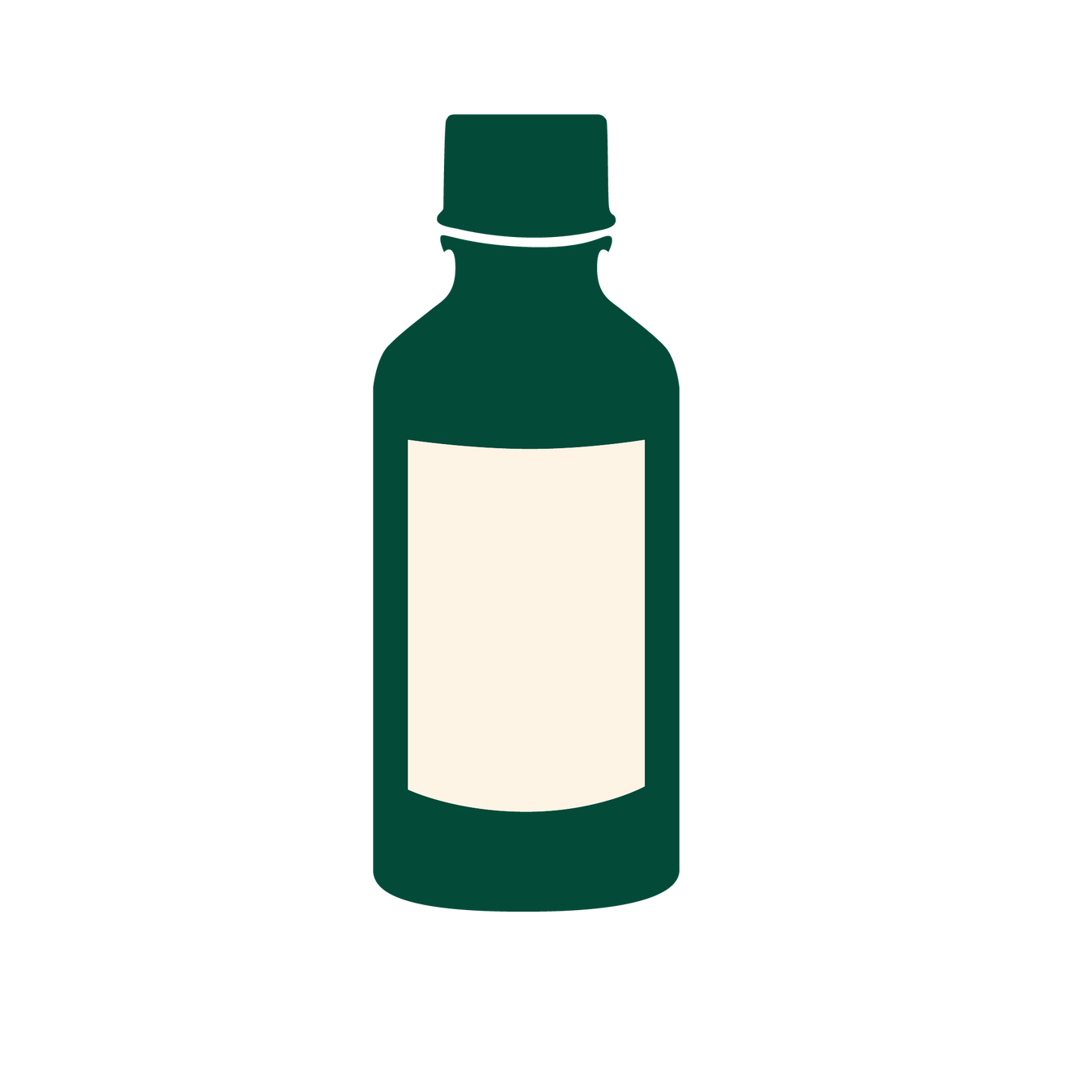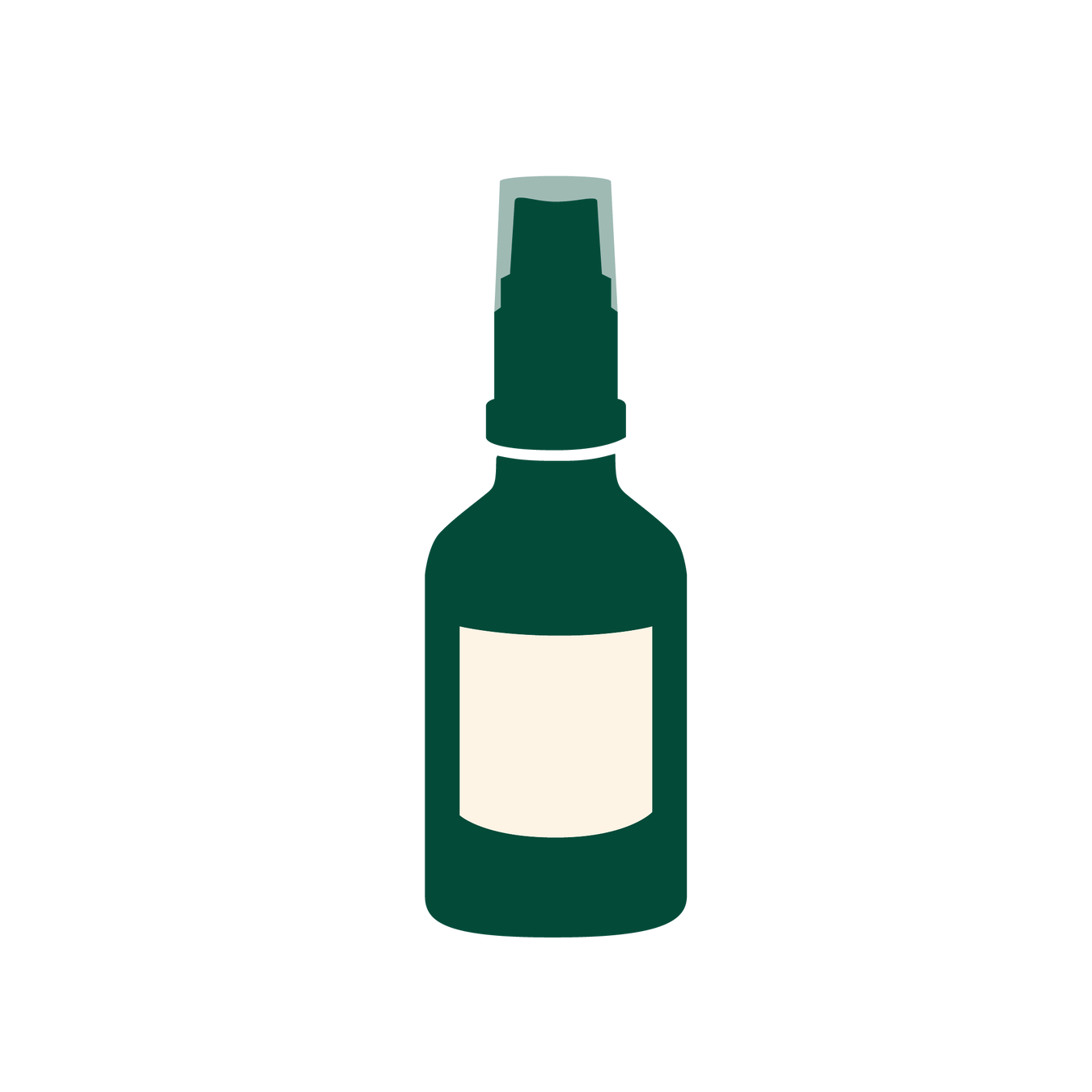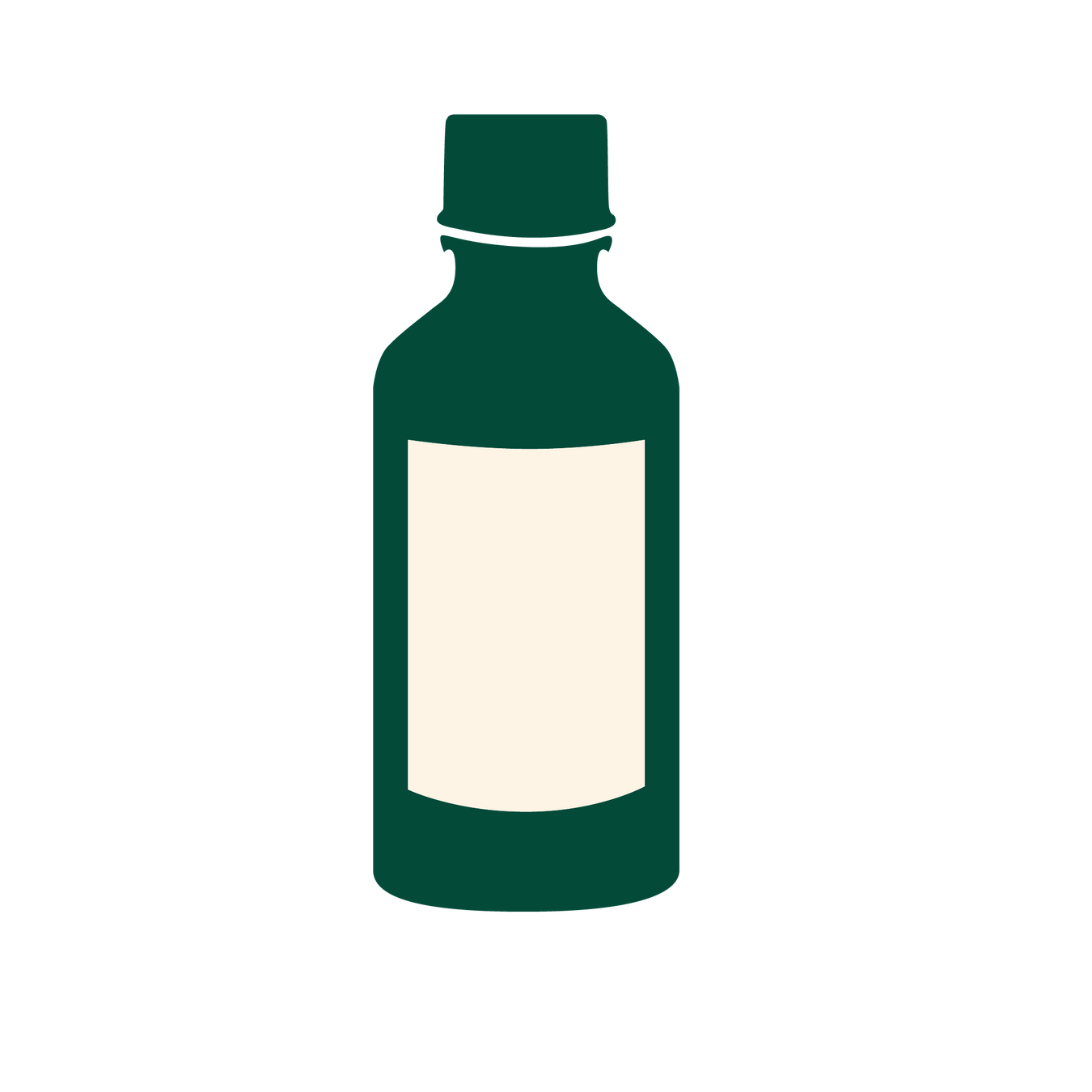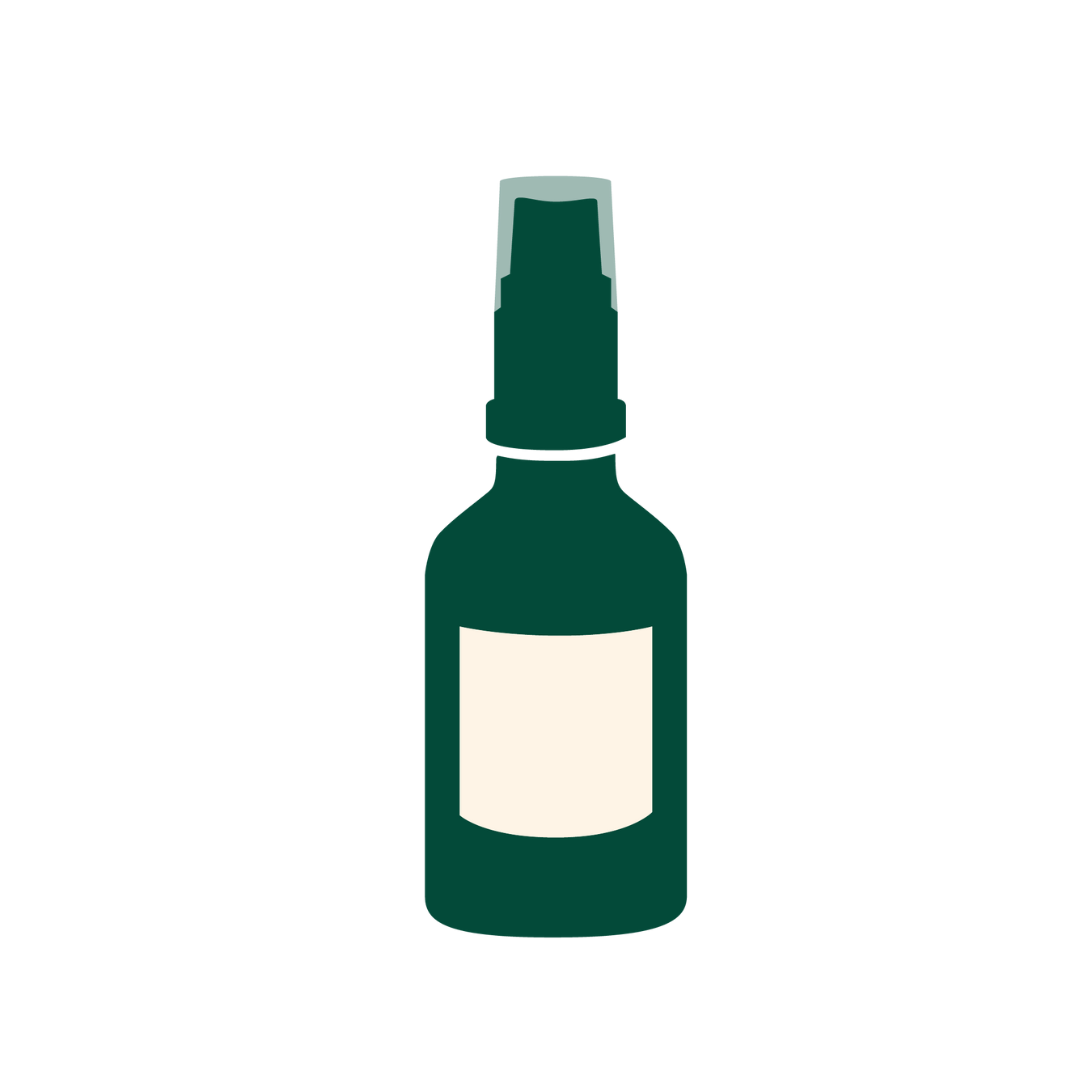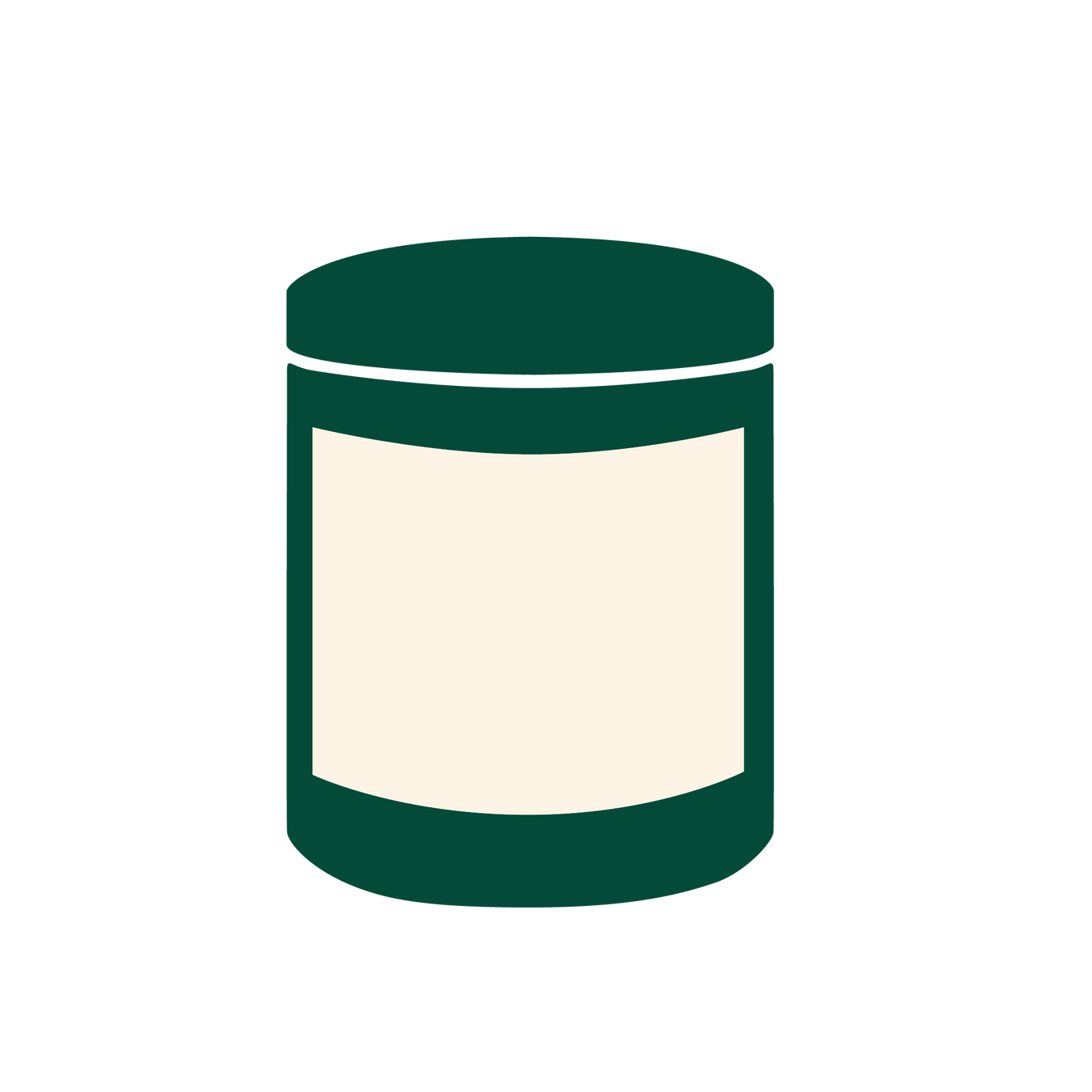
Ticks and Lyme disease – herbal drops as a natural therapy!
Ticks can be found in the wild, in grassy areas, in parks, or on tick hosts such as wild animals, dogs, or farm animals. Longer and drier summers favor the spread of the tick population. This is also reflected in the number of tick-borne diseases. These have doubled in the last twelve years. Ticks transmit not only TBE viruses and Borrelia, but also Rickettsia, Ehrlichia, Bartonella, and Babesia, among others.
Ticks go through three stages of development: from the hatched larvae with six legs to the nymphs with eight legs to the adult males and females, the so-called adults.
The medical journal BMJ Global Health published the results of a meta-study involving 160,000 participants. In 89 studies, participants were tested for antibodies to Lyme disease pathogens in their blood. Worldwide, one in seven people has been infected with tick-borne Borrelia at least once. Central Europe is the region with the highest antibody levels.
Only half of people bitten by infected ticks develop the typical round, red rash. The familiar cold symptoms also don't necessarily occur or are often attributed to a summer flu. The bites of the small ticks – the nymphs – are also often overlooked. Thus, Borrelia can remain asymptomatic in the body for years. There are no clear laboratory markers for this infection.
The symptoms are non-specific. Borrelia bacteria have an incredible ability to evade the immune system. They attack – undetected – organs, cartilage, tendons, fatty tissue, and nerve tissue. They can even lower the body temperature of the infected person, thereby increasing their chances of survival. An unhealthy diet, chronic inflammation, and constant stress facilitate the Borrelia bacteria's existence. Lyme disease is a multisystem disease.
How do you protect yourself against tick bites and thus against infection with Borrelia?
To prevent tick bites, repellents in the form of body sprays, creams, oils or lotions can be applied to exposed or uncovered areas of skin.
An additional protective measure is wearing suitable clothing and sturdy shoes.
After spending time outdoors, the body should be checked for ticks as soon as possible. A tick's prolonged attachment increases the risk of transmitting pathogens. Ticks crawl around the body, preferring warm and soft areas: the backs of the knees, the inside of the elbows, the genital area, the inner thighs, the navel, the neck, the hairline, the scalp, the outer ears, behind the ears, and all skin folds.
How do you remove a tick correctly?
Special tick tweezers, tick cards, or tick picks are suitable tools. If you use regular tweezers, they should have angled tips. Flat tweezers will only crush the tick. Never use alcohol, lighters, glue, toothpaste, oil, nail polish, or liquid soap to remove ticks! These "home remedies" irritate the tick and increase the risk of infectious saliva being released into the bite site.
Insert the pointed end of the tweezers just between the skin and the tick. Pull the tick out with a slow, steady pull. Do not twist the tick or poke around in the wound.
After removal, clean the puncture site with a wound disinfectant. Initially, slight redness around the puncture site is normal. Observe the puncture site for several weeks. It is also recommended to photograph the puncture site to monitor for any worsening.
Please seek medical help if the injection site becomes severely inflamed, if a ring-shaped reddening of the skin develops, or if flu-like symptoms occur up to six weeks afterward.
Herbal drops as a natural therapy for tick-borne Lyme disease:
Lyme disease is difficult to diagnose and treat. Naturopathic treatment of symptoms can support the healing process. Herbal support for Lyme disease therapy has proven effective, among others: herbal tinctures from the Weaver's teasel , the Wild teasel and the Artemisia annua .
